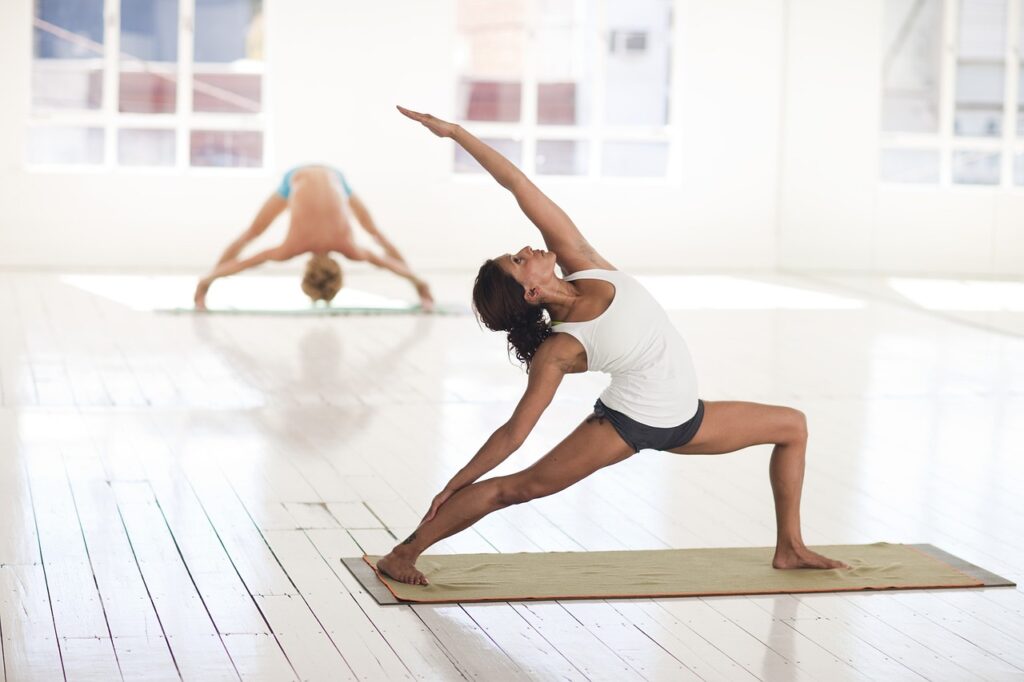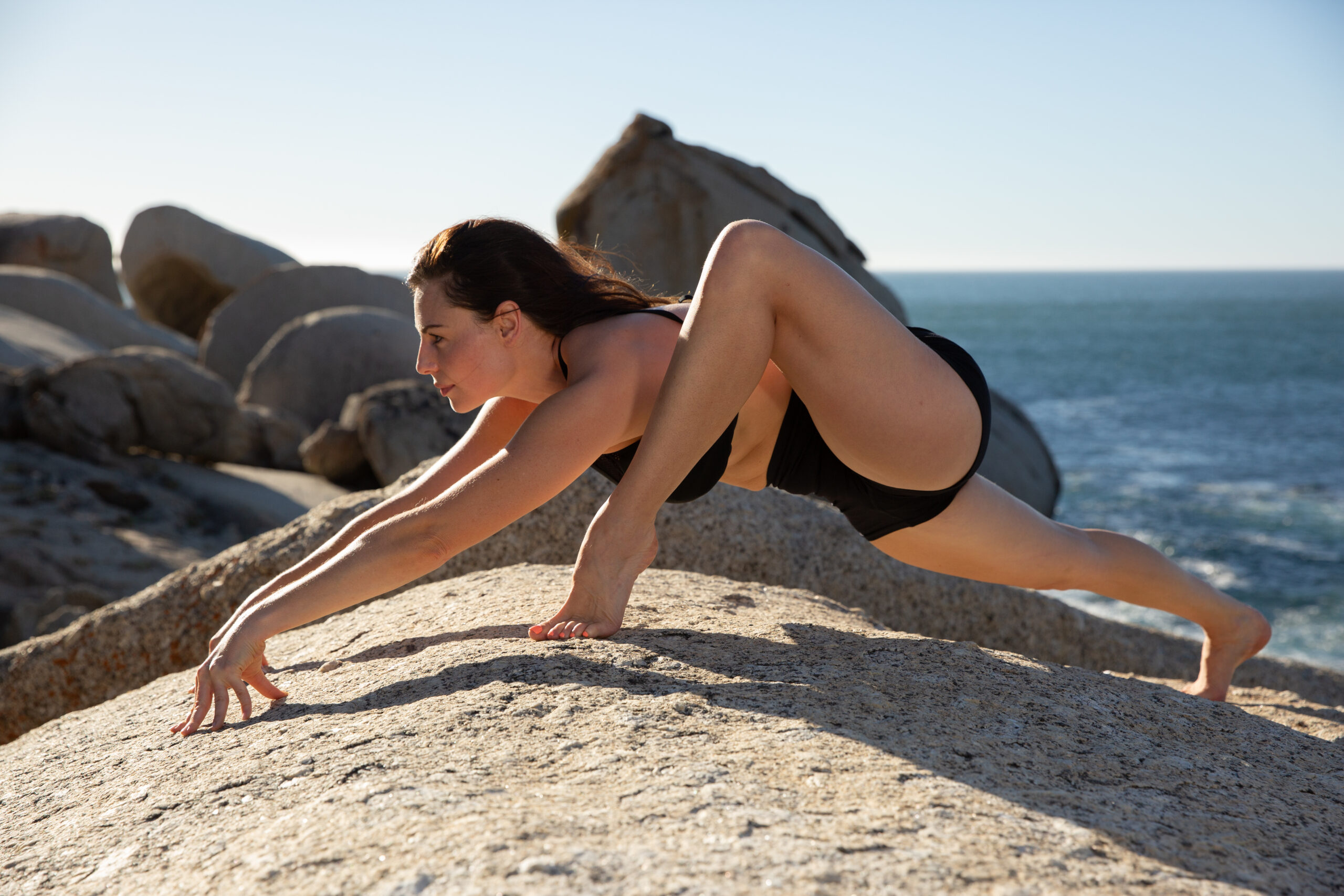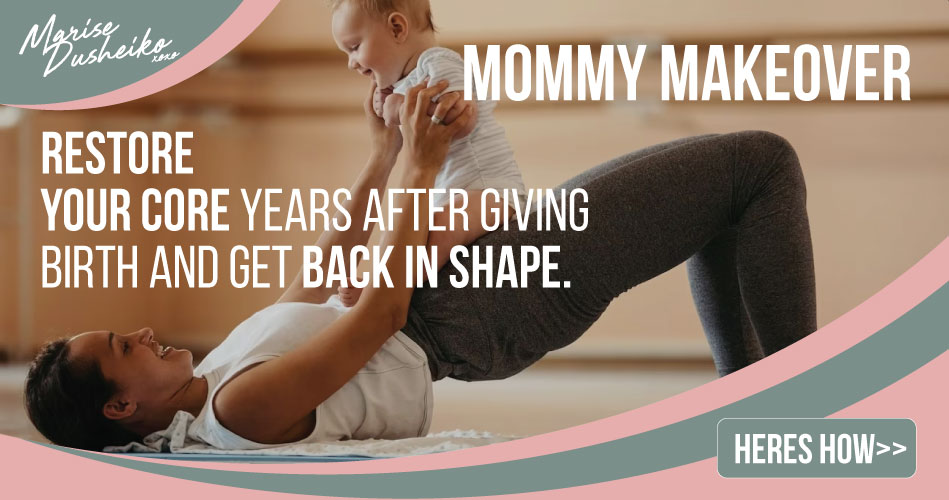Flexibility – More Than Just Touching Your Toes
Flexibility is like the cool kid at the fitness party – everyone wants to hang out with it, but not everyone knows how to be BFFs. It’s not just about impressing your yoga instructor by folding yourself in half; it’s about unlocking your body’s potential, preventing injury and enhancing your overall athleticism.
Flexibility is the REAL fountain of youth – when you have freedom of movement you also have confidence and feel like you can do anything. If this feeling of invincibility is something you’re after, read on…
Slow and Steady: Precision in Motion
Flexibility, contrary to common perception, is not an overnight achievement. It’s a gradual process that demands a nuanced approach. Picture your muscles as a complex network of fibers, and the slow and steady stretch dance is your meticulous choreography.
Understanding Microfiber Tears
Stretching triggers microfiber tears in the muscles. Sounds intimidating, but fear not! These microscopic tears are the catalyst for increased flexibility. When the body repairs these small tears, it rebuilds the muscle tissues with increased length and flexibility, similar to the way impact increases bone density. The key lies in pacing – slow and controlled stretching minimizes the risk of overextending and fosters a safer environment for muscle adaptation. The muscles will continue to adapt until a new range of motion is achieved.
Dynamic Stretching as a Prelude
Begin your flexibility routine with dynamic stretching. This involves controlled, repetitive movements that take your joints and muscles through their full range of motion. Dynamic stretching acts as a warm-up, increasing blood flow and preparing your body for the more deliberate stretches to follow.
Some examples include leg swings, arm circles, and hip rotations to warm up but as you advance can even include jumps and changes in direction. These movements prepare your muscles for the static stretches that follow, gradually increasing their elasticity and range of motion.
The take away – you actually need to warm up to stretch (as opposed to using stretching to warmup).
Yoga: The Ancient Art of Flexibility Enhancement
Yoga, with its roots reaching back thousands of years, is a treasure trove of flexibility benefits. It’s not just about the impressive poses; it’s a holistic approach to body and mind wellness.
Improving Range of Motion
Yoga emphasizes a wide range of postures that dynamically engage muscles and joints. The deliberate transitions between poses enhance your body’s range of motion, gradually pushing the boundaries of what your muscles can achieve.
Focus on Eccentric Contraction
Many yoga poses require controlled lengthening of muscles, known as eccentric contraction. This unique form of muscle engagement contributes significantly to flexibility gains. Through regular practice, your muscles adapt to this eccentric load, promoting increased flexibility and joint mobility.
Some great examples include poses like Downward Dog and the Warrior Series which challenge muscles to lengthen while supporting body weight. This eccentric contraction contributes to the elongation of muscle fibers, promoting flexibility over time.
Yoga also encourages mind-body connection. This not only helps keep you present but ensures you do not work beyond your range of motion but stay attuned to what you are feeling. Knowing when you can push and when to back off is essential in building flexibility over a lifetime.
Dynamic Duo: Flexibility through Strength Training
Flexibility and strength training might seem like an odd couple, but their partnership can yield remarkable results. Here’s the science behind combining these seemingly disparate elements.
Synergistic Benefits
Strength training involves resistance against muscle contraction. When strategically paired with flexibility exercises, it promotes greater joint stability and control. The synergy between strength and flexibility reduces the risk of injuries and enhances overall athletic performance.
Plus, in the world of dance, gymnastics and martial arts there is a little gem known as end-range strength. It’s all about building strength at the very edges of your maximum range of motion. By increasing strength here you allow the body to feel safer in these extremes allowing you to progress even further in your sport or art form without fear of injury.
Integrated Workouts
Incorporate dynamic movements into strength training routines. Lunges, squats, and plank variations engage multiple muscle groups while requiring flexibility. As you gradually increase the intensity, your muscles adapt by becoming not only stronger but also more pliable.
For example, performing squats with a focus on controlled descent and ascent engages the quadriceps, hamstrings, and hip flexors while promoting flexibility in the lower body. This integration enhances overall functional movement and flexibility.
The key takeaway?
Flexibility isn’t a standalone pursuit; it’s an intricate dance of controlled stretching, mindful yoga practice, and the strategic integration of strength training. So, lace up those workout shoes, roll out your yoga mat, and let the science-backed journey to flexibility mastery begin! 🌐
Mommy Makeover.





